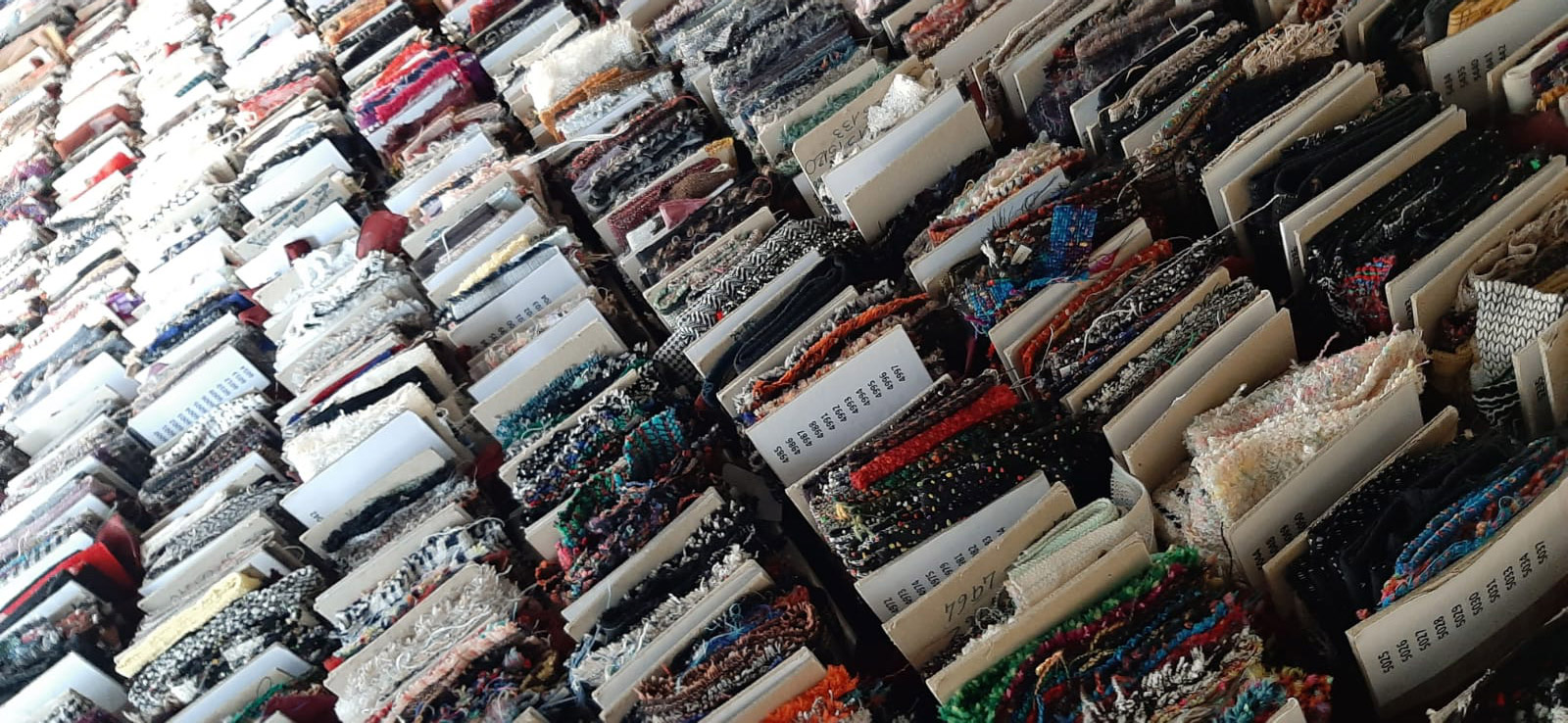Ratti, a company listed on the Milan stock exchange, produces textiles and accessories for luxury and fashion brands. A leader in the realms of design and print technology, with legendary cultural heritage – having an archive of over one million pieces of fabrics and designs – Ratti has published a Sustainability Report every year since 2017. For years, sustainability has been incorporated into its corporate strategy. The company has set up a responsible governance system that, in addition to supervising ethics, risks, procurement, and sustainability, requires managers to be assigned environmental and social performance targets every year.
Social commitments
Concerning social issues, Ratti’s corporate welfare policies include complementary healthcare, leisure areas, personal services, a laundry service, a local produce store, and free electric and hybrid vehicle charge points. In terms of civic commitments, Ratti makes donations, takes part in social integration projects, and collaborates with research centres and universities. The company has partnered with ITC, a UN agency, to implement the Ethical Fashion Initiative. Ratti contributes to this programme by sharing the competencies required to facilitate market access for entities that have centuries-old traditions but are located in less fortunate parts of the world, such as Afghan silk manufacturers or weavers in Burkina Faso. Thus, Ratti also promotes women’s employment and income generation.
Chemical Management: the First Wave of Sustainability
The recent history of environmental sustainability records three in succession: chemical management, the materials and manufacturing revolution, and the circular economy.
Triggered by REACH, the EU regulation on chemical substances, chemical management has driven companies to invest and commit to reducing undesirable substances and finding functional alternatives. Today, Ratti is a PFC-free company and a contributor to ZDHC, the protocol for eliminating hazardous chemicals.
Materials and Manufacturing Revolution: the Second Wave of Sustainability
Thanks to its investments and the commitment of all its employees, Ratti reduced its consumption of electricity, methane gas, and water by approximately 30% per metre of fabric produced (2013 to 2019). The company uses 100% green energy, partially self-produced.
Ratti’s product ranges are made up of organic, recycled, and sustainable products. Both materials and manufacturing fall within a wide spectrum of product certifications and management systems. Ratti’s goal is to extend its scope to the entire supply chain. In 2021, at its plant in Guanzate (Como), it started work in connection with the implementation of the Organisational Environmental Footprint (OEF), the European methodology for assessing environmental footprints from a life-cycle perspective. Ratti will be carbon neutral by 2050.
The Circular Economy: the Third Wave of Sustainability
The circular economy aims to prolong a product’s cycle through supply with renewable, durable, recycled, and recyclable materials, as well as eco-design and the recovery and recirculation of waste. Alongside a traditional focus on all waste produced by the company (which is embodied in waste reduction measures and improved management), Ratti is also looking upstream and downstream of its value chain and has launched Second Life, a range of circular products and services.
Second Life Fibres uses silk waste to manufacture padding for finished garments, harnessing the fibre’s thermal properties. Second Life Hydro (through the Texun trademark) offers a used clothes refurbishment service through a fluoride-free restoration of waterproofing functionality, with improved performance compared to consumer products. Finally, Second Life Print, through innovative techniques for new prints of clients’ unsold clothes, allows products to be remarketed, avoiding downcycling (meaning disposal as waste).
Green and Digital
In Ratti’s strategy, green transition and digital transition go hand in hand. For Ratti, digital means the digitalisation of manufacturing, offering clients a digital relationship model, and moving from an automated factory to a smart factory where machines, IT, new technology, and new devices are fully integrated. Today, Ratti offers multimedia rooms where customers can remotely access products and Hololens2 technology that allows customers to have an “in-person” experience even if they are physically distant. Furthermore, the company is developing digital applications that give clients the possibility to build their desired product by choosing between different design and print-base options.
Ratti’s world is green and digital, in steady tension between new compliance and innovation. With an awareness that sustainability is a must, not a plus, and that only a constant feeling of dissatisfaction with what has been achieved can give continuity to a business, and a forward-looking perspective to people.


